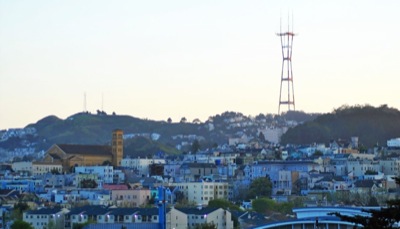U.S. DOT data show that Americans drove almost 10 billion fewer vehicle miles in May, 2008 than in the same month of 2007. Urban driving declined by 5.8 billion vehicle miles, or about 3.4 percent. For the first five months of 2008, Americans drove 2.5 percent less than the same period in 2007, while urban driving declined by 2.1 percent.
The Wall Street Journal points out that the decline in gas purchases is leading to financial problems for highway agencies dependent on gas taxes. Naturally, transit lobbyists want more money spent on mass transit even though the latest data for transit, for March 2008, show a decline in ridership from March 2007.
What is the appropriate policy response? A month or so ago, the Antiplanner conducted an unscientific survey of readers asking how they were coping with high gas prices. Based on this survey, the Antiplanner concluded that most people were reducing driving slightly by trip chaining and eliminating unnecessary trips, while few were switching to transit or other modes.
Commuting guru Alan Pisarski agrees. “while American lifestyles are sure to undergo a shift” due to high gas prices, he says, “it will not be away from the automobile.” The biggest short-term shift, he says, will be to drive the more fuel-efficient of the multiple cars most families own. The long-term shift will be to buy more fuel-efficient cars in the future.









